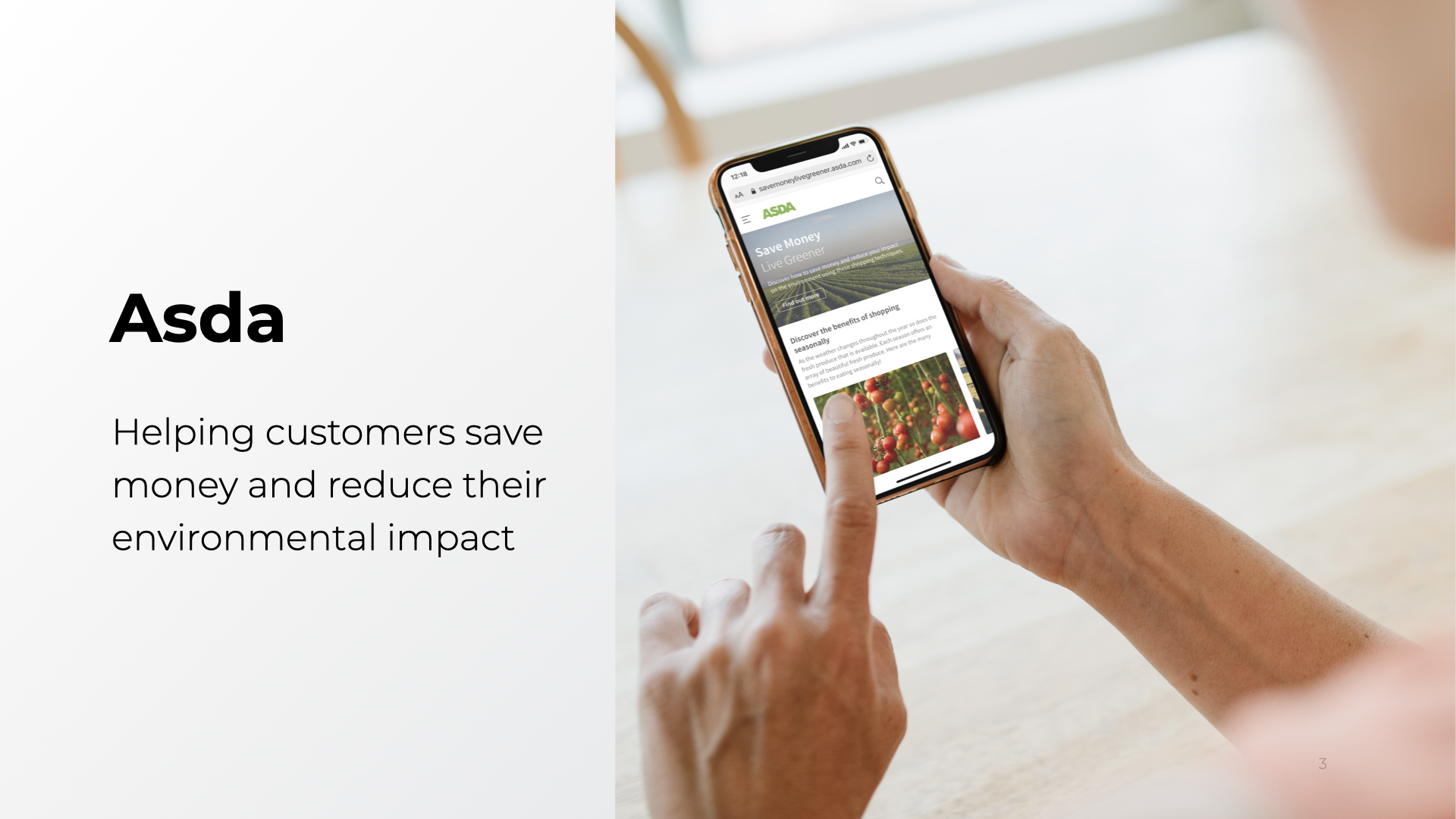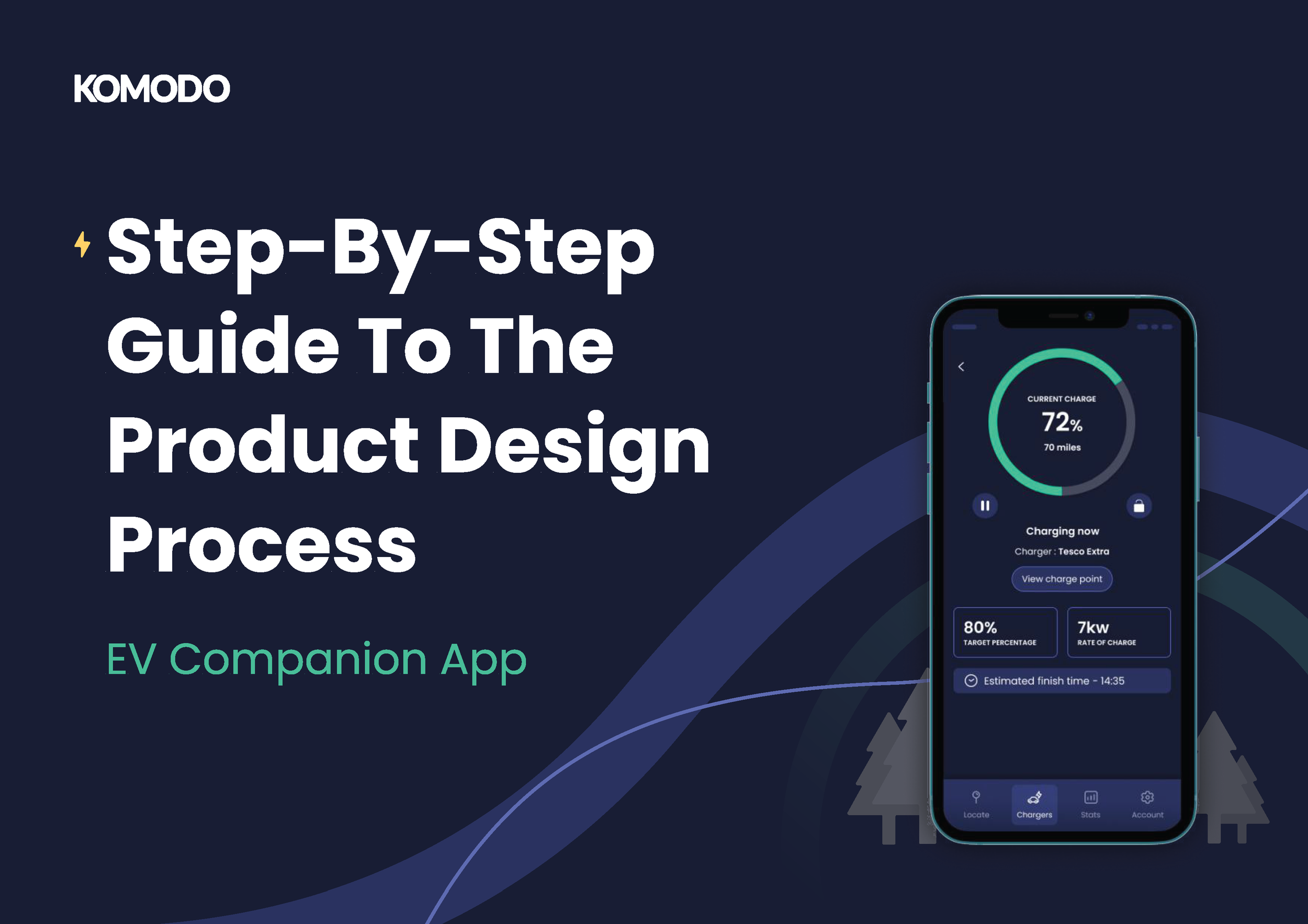Credentials presentations
Komodo Digital’s downloadable step-by step guide to the product design process is a clever way to promote their work. It is pitched as ‘white paper’, a term usually associated with an official report. By offering something seemingly authoritative and useful to a potential or current client Komodo are demonstrating their thought leadership and professionalism, which will cast them in a positive light when new project work is required.
Introduction
The ability to create excellent interactive projects can easily be undermined by ineffectual presentation or poor communication. It is not unusual for designers who confidently communicate a product or service's value through their design work to be more uncertain and withdrawn in a presentation situation.
Presentations come in many forms requiring lots of different skills from designers. Traditionally design presentations have been in-person, held in an agency's studio or at a client's office. These kinds of presentations rely on designers delivering engaging presentations with good communications skills that allow them to stand up and present with confidence but also to read the room and react to the body language and questions of a captive audience.
More recently, presentations have moved online with the adoption of new technology spurred on by well-being and environmental concerns. Technology-enabled societies have become very familiar with using platforms such as Zoom, Google Meet and Microsoft Teams for communication. These online platforms have become extremely popular and arguably have opened up opportunities for designers to work remotely with new clients worldwide. However, presenting remotely comes with its challenges, as presentations need to be more succinct and participatory to keep audiences engaged.
Besides direct communication with clients during presentations, designers must showcase their work to potential clients or employers for future working opportunities. It is easy to become complacent on completing a demanding project and neglect to promote its value through a portfolio website. Nevertheless, there is little excuse for these potential shortcomings as designers have the intellectual understanding and practical skills required to present and communicate ideas effectively.
This final chapter focuses on the successful presentation of projects and portfolios to promote design work. The first half of this chapter will discuss the preparation, benefits and tools required to produce both physical and digital presentations. The second half will focus on promoting and showcasing design work through portfolios.








Project presentation by Andy Cain
This single project presentation was created as part of a larger three-project portfolio presentation for a job interview. This particular student project showcases a live collaborative brief set by design consultancy Kin + Carta. Projects like this are attractive to a prospective employer as it demonstrates both teamwork skills and familiarity with the expectations of a professional agency.
Note the succinct project explanation and use of research insights to give the reader an introduction to the project. Similarly, the images quickly reveal the aspiration and features of the app through an advertisement and app hero moments. Feedback from the agency helps validate the design, and the final slides importantly show personal reflection and evaluation.
It is common to create a presentation that has a mix of important static images and video demonstrations of interactive work as this allows the designer to focus on talking through their work without the distraction of having to provide a live demonstration. Videos also help with presentation timing, whereas a live demo can easily run over time. If employers or clients want to see a live website or app links, create easily accessible links in the presentation or have apps already open on a phone or tablet device.





